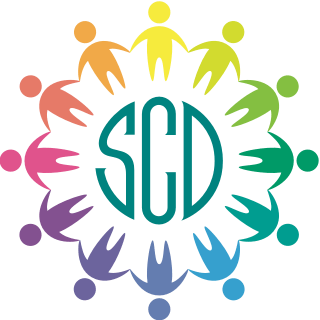Srinivasan, M., Dunham, Y., Hicks, C., and Barner, D. (2015). Developmental Science.
Read MorePublications
As per the guidelines of Fair Use, the PDFs here may be used for “criticism, comment, news reporting, teaching (including multiple copies for classroom use), scholarship, or research.” All other uses of the PDFs supplied are prohibited.
Self-Esteem as a Mediator Between Personality Traits and Body Esteem: Path Analyses Across Gender and Race/Ethnicity→
/Skorek, M., Song, A.V., and Dunham, Y. (2014). PLoS ONE, 9(11): e112086.
Read MoreThe Development of Race-Based Perceptual Categorization: Skin Color Dominates Early Category Judgments (PDF)→
/Dunham, Y., Stepanova, E.V., Dotsch, R., and Todorov, A. (2014). Developmental Science, 1-15.
Read MoreDo We Need the Inherence Heuristic to Explain the Bias Towards Inherent Explanations? (invited commentary)→
/Dunham, Y. (2014). Behavioral and Brain Sciences.
Read MoreOf Affect and Ambiguity: The Emergence of Preference for Arbitrary Ingroups (PDF)→
/Dunham, Y. and Emory, J. (2014). Journal of Social Issues, 70(1), 81-98.
Read MoreConstraints on the Acquisition of Social Category Concepts (PDF)→
/Baron, A.S., Dunham, Y., Banaji, M.R, and Carey, S. (2014). Journal of Cognition and Development, 15(2), 238-268.
Read MoreFrom a Different Vantage: Intergroup Attitudes Among Children From Low- and Intermediate-Status Racial Groups (PDF)→
/Dunham, Y., Newheiser, A., Hoosain, L., Merrill, A., and Olson, K.R. (2014). Social Cognition, 32(1), 1-21.
Read MorePreference for High Status Predicts Implicit Outgroup Bias Among Children From Low-Status Groups (PDF)→
/Newheiser, A., Dunham, Y., Merrill, A., Hoosain, L., and Olson, K.R. (2013). Developmental Psychology.
Read MoreBalanced Identity in the Minimal Groups Paradigm (PDF)→
/Dunham, Y. (2013). PloS ONE, 8(12), 1-13.
Read MoreReligion Insulates Ingroup Evaluations: The Development of Intergroup Attitudes in India (PDF)→
/Dunham, Y., Srinivasan, M., Dotsch, R., and Barner, D. (2013). Developmental Science.
Read MoreTwo Signatures of Implicit Intergroup Attitudes: Developmental Invariance and Early Enculturation (PDF)→
/Dunham, Y., Chen, E., and Banaji, M.R. (2013). Psychological Science, 24(6), 860-868.
Read MoreFrom Categories to Exemplars (and Back Again) (PDF)→
/Dunham, Y. and Degner, J. (2013). In Banaji, M.R. & Gelman, S.A. (Eds.), Navigating the Social World: What Infants, Children, and Other Species Can Teach Us. New York: Oxford University Press.
Read MoreSelf-Enhancement Following Exposure to Idealized Body Portrayals in Ethnically Diverse Men: A Fantasy Effect of Advertising (PDF)→
/Skorek, M. and Dunham, Y. (2012). Sex Roles, 9, 655-667.
Read MoreAn Angry = Outgroup Effect (PDF)→
/Dunham, Y. (2011). Journal of Experimental Social Psychology, 47, 668-671.
Read MoreConsequences of ‘Minimal’ Group Affiliations in Children (PDF)→
/Dunham, Y., Baron, A.S., and Carey, S. (2011). Child Development, 82(3), 793-811.
Read MoreThe Language of Implicit Preferences (PDF)→
/Oguinnaike, O., Dunham, Y., and Banaji, M.R. (2010). Journal of Experimental Social Psychology, 46(6), 999-1003.
Read MoreOrigins of Intergroup Bias: Developmental and Social Cognitive Research on Intergroup Attitudes (introduction to the special issue) (PDF)→
/Dunham, Y. and Degner, J. (2010). European Journal of Social Psychology, 40, 1-6.
Read MoreThe Development of Implicit Social Cognition (PDF)→
/Olson, K.R. and Dunham, Y.D. (2010). In B. Gawronski & B. Keith Payne (Eds), Handbook of Implicit Social Cognition: Measurement, Theory, and Applications. New York: Guildford.
Read More
